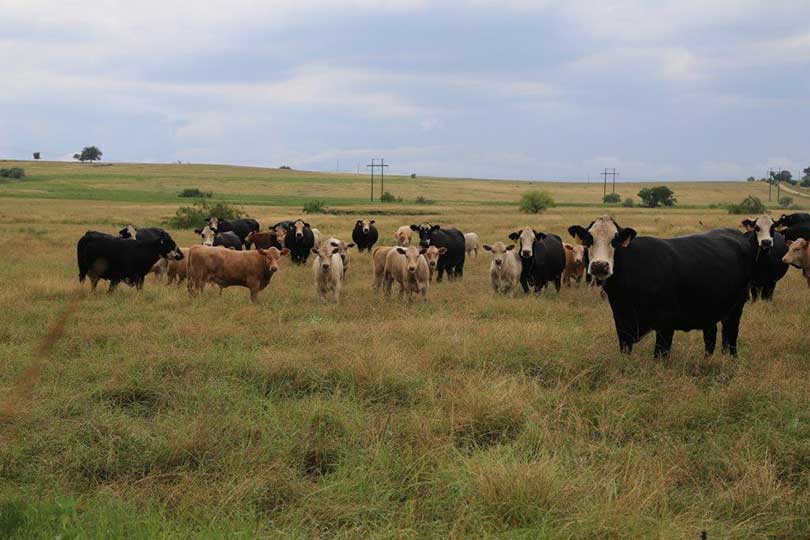The cattle fever tick, and the disease it carries, has the capability to cripple the Texas cattle industry, if not contained.
But there’s a new weapon available to help ranchers battle the threat.
A vaccine has been developed and approved for use to combat the infestation.
“It works like any other vaccine. When you vaccinate the animals, they develop antibodies in their bloodstream,” said Dr. Brodie Miller, Texas Animal Health Commission (TAHC) Region 5 director. “When a tick gets on that animal and it feeds, it ingests some of those antibodies.”
That particular antibody matches up with a protein that’s in the gut of the fever tick. Those combine and form a complex.
“It basically clogs up the tick and it’s unable to feed and dies,” Miller said.
There are two species of cattle fever ticks—Rhipicephalus annulatus and R. microplus.
“The vaccine is almost 100 percent effective on annulatus. That’s very promising for the area of Laredo north,” Miller said. “From Laredo south, it has about a 70 percent efficacy against microplus.”
The vaccine, which will be available this spring, must be administered by regulatory personnel, such as U.S. Department of Agriculture or TAHC officials, in conjunction with a herd inspection.
“The standard protocol is to give an initial dose and come back three to four weeks later and administer a booster like you would any vaccine,” Miller said.
Although the vaccine is only approved for use in cattle, the ticks also attach to horses, white-tailed deer and exotic hoofstock like nilgai antelope and red deer.
The wildlife population is an ever-growing challenge in the battle Texas ranchers and officials are waging against the tick infestation.
“We are always looking for novel, innovative ways to eradicate the cattle fever tick and the vaccine is evidence of that,” he said. “But the increasing presence and density of wildlife hosts for cattle fever ticks are more difficult to treat systematically than domestic livestock. Just in South Texas in general in the last 20 years, there has been a significant increase in the density of white-tailed deer and nilgai antelope.”
With limited hunting pressure and no natural predators, nilgai lack population control. And less intense regulations for treating cattle south of the border add more difficulty to the eradication efforts.
But regulatory officials will continue to push forward, fighting to protect the state’s growing cow herd.

